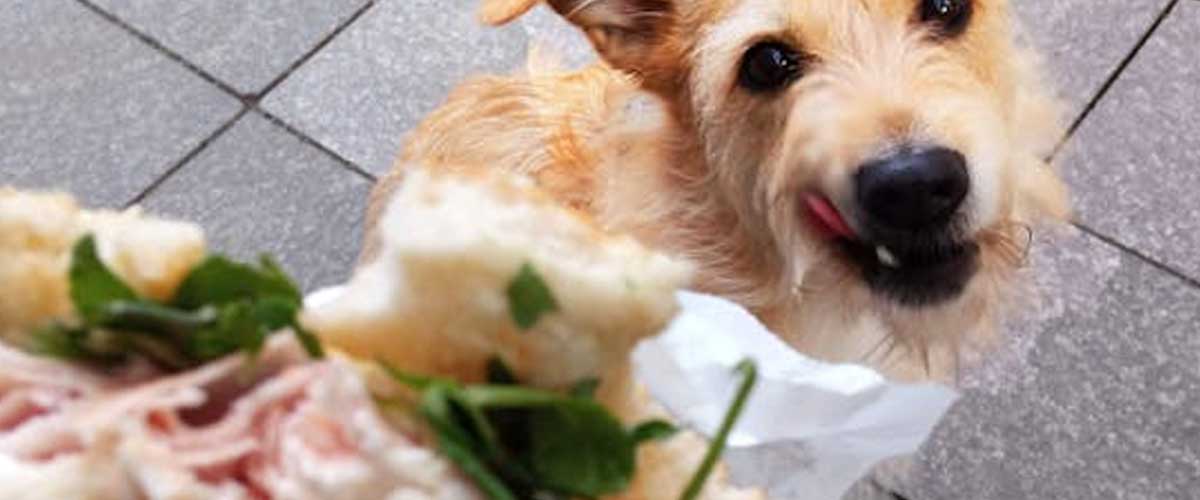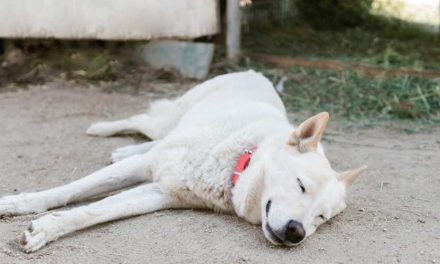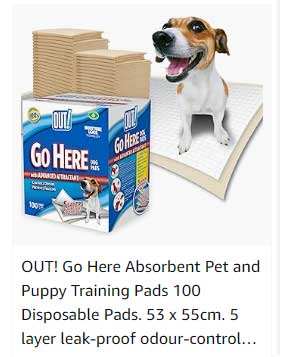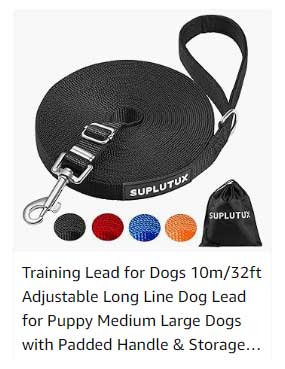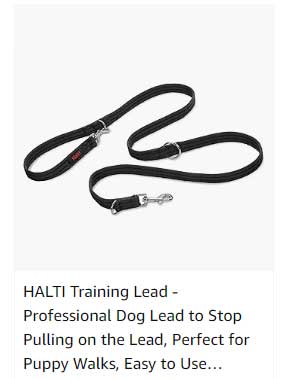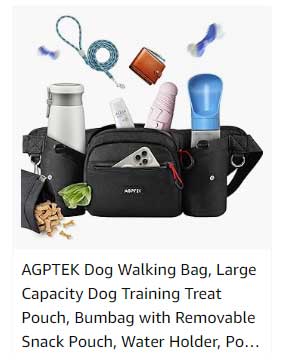Dogs are naturally curious and often highly motivated by food.
While it can be cute when they try to sneak a bite, it can lead to behavioral issues and health risks.
Here’s a comprehensive guide to help you stop your dog from stealing food.
1. Understand the Behavior
Instincts:
Dogs are scavengers by nature.
Understanding that they may be acting on instinct can help you approach the issue with patience.
Boredom:
Sometimes dogs steal food out of boredom or lack of exercise.
Ensure your dog has plenty of mental and physical stimulation.
2. Manage the Environment
Out of Reach:
Keep food out of reach by securing trash cans, using tall tables for meals, and keeping food items in high cabinets.
Crate Training:
Use a crate when you can’t supervise your dog.
This prevents them from accessing food unattended.
3. Train Basic Commands
“Leave It” Command:
Teach your dog the “leave it” command.
Start by placing a treat on the floor and using the command to get them to back away from it.
Reward them for complying. – “Sit” and “Stay”:
Reinforcing basic commands like “sit” and “stay” can help manage your dog’s impulses when food is around.
4. Use Positive Reinforcement
Reward your dog when they ignore food they want to take.
This builds a positive association with good behavior. – Offer praise, treats, or playtime when they show self-control around food.
5. Feeding Schedule
Establish a consistent feeding schedule.
When dogs know when they will get their meals, they may be less likely to steal food between meals.
Ensure the portions are appropriate for your dog’s size and breed to avoid hunger-driven theft.
6. Reduce Temptation
Avoid leaving food unattended on counters or tables, even when you’re in the room.
Consider using food puzzles or toys that release treats to keep them occupied during meal prep time.
7. Redirect Their Energy
Offer plenty of chew toys and interactive games to occupy your dog’s time and reduce the temptation to steal food.
Engage in regular exercise to tire them out; a tired dog is less likely to engage in mischievous behavior.
8. Address Behavioral Issues
If stealing food persists despite these efforts, consult with a professional dog trainer or a behaviorist who can provide specialized guidance.
9. Be Consistent
Consistency is key.
Make sure everyone in the household follows the same rules regarding food access and training commands.
10. Patience and Persistence
Changing a dog’s behavior takes time.
Be patient and keep working on training and management strategies.
Conclusion
With consistent training and management, you can help your dog learn that stealing food is not an option.
Celebrate their successes and stay committed to the process.
Over time, your dog can learn to respect boundaries, leading to a happier, healthier relationship with food!

